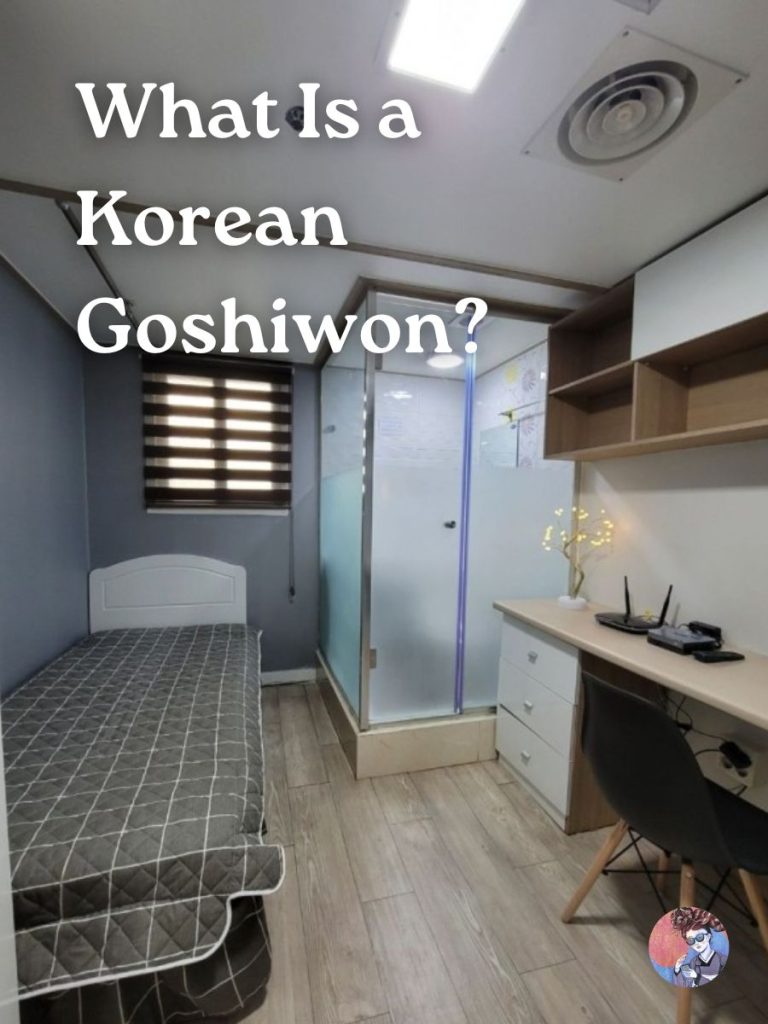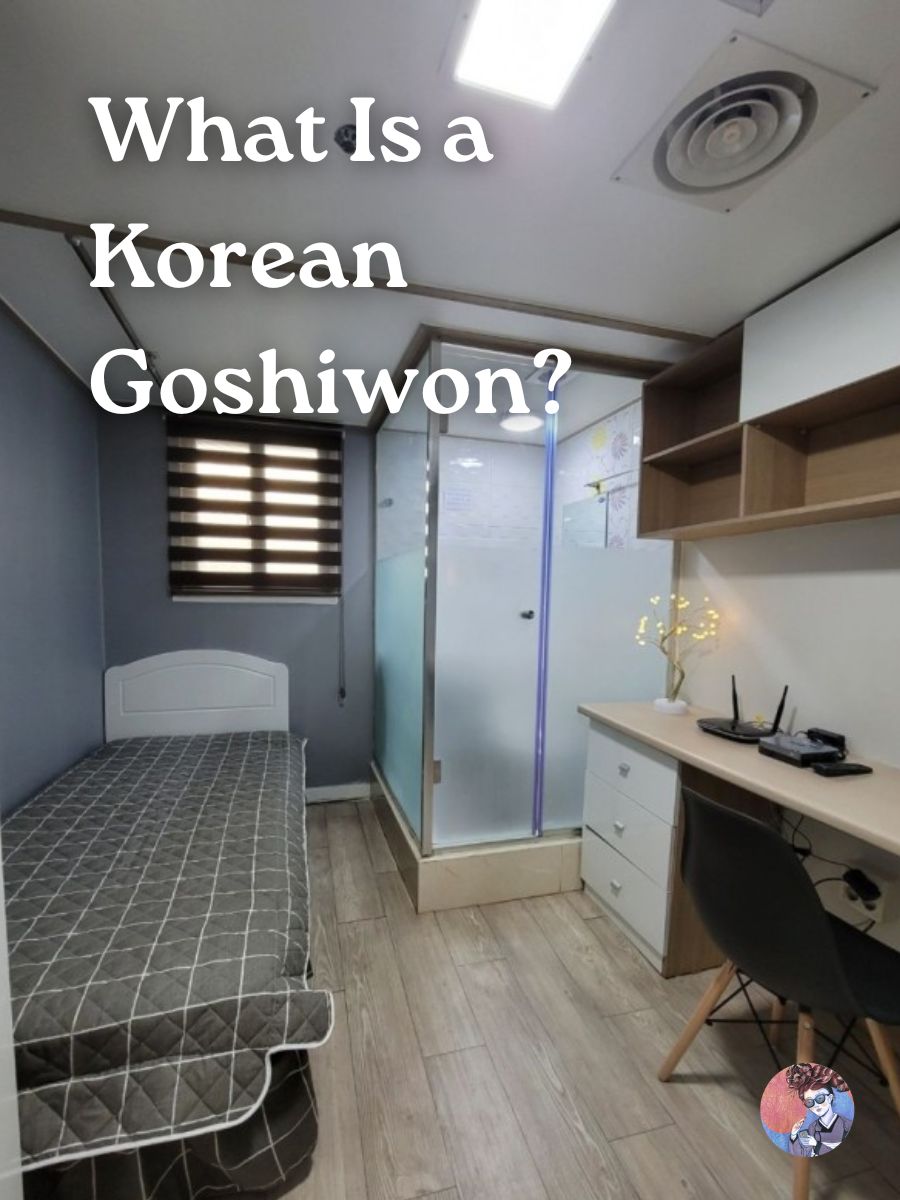
Want to know about goshiwon or Korea’s tiny living space?
I’m a Korean girl and I’m here to explain things!
Quick Summary
- A Korean goshiwon is a tiny living space where a bed, desk, wardrobe, and bathroom are crammed into 50 to 70 sq ft.
- Monthly rents usually range from 250,000 to 500,000 won ($180 to $361).
- Goshiwon are on a month-to-month basis without long-term commitments.
What Is a Goshiwon?
Goshiwon is a unique, small living space where a bed, desk, wardrobe, and bathroom are crammed into 50 to 70 sq ft. as written in the book, “A Korean Girl Explains: What No One Tells You About Korean Culture.”
Originally designed to provide affordable accommodation for students preparing for exams, known as goshi, these tiny rooms have evolved to serve a diverse range of residents seeking low-cost housing.
Despite the size, goshiwons often come equipped with essential amenities like Wi-Fi, heating, and air conditioning.
Goshiwon have a shared kitchen and laundry room. Many places offer rice and kimchi free of charge.
A Little Bit of History About Goshiwon
The concept of goshiwon dates back to the 1980s, primarily catering to students preparing for government exams (goshi).
Goshiwon was perfect for just studying and sleeping during these intense study periods.
Over the years, the demographic of goshiwon residents has expanded to include young professionals, job seekers, and even foreigners looking for budget-friendly accommodation.
What Are the Advantages of Living in a Goshiwon?
- Affordability: Goshiwon offers one of the most affordable housing options in the city. Monthly rents range from 250,000 to 500,000 won ($180 to $361), often including utilities. Premium goshiwon now costs about 600,000 to 700,000 won ($434 to $506) in the Gangnam area.
- Convenience: Located near universities, business districts, and public transportation, goshiwon provides easy access to essential services.
- Flexibility: Goshiwon have flexible lease terms, allowing residents to rent on a month-to-month basis without long-term commitments.
- No Deposit: Korean housing requires a deposit of 10 million to 50 million won ($7,237 to $36,186) at least. Jeonse requires even more deposit. You can read more about jeonse at Asia Society.
What Are the Cons of Living in a Goshiwon?
Living in a goshiwon comes with challenges, primarily due to the limited space and lack of privacy.
Shared facilities can sometimes be crowded, and noise levels can vary.
Additionally, the tiny size may not be suitable for those with claustrophobia or depression.
You can watch the K-drama Hell Is Other People, also known as Strangers from Hell, to get an idea of a bad goshiwon.
My Experience Staying in a Goshiwon
I lived in goshiwon for two months in Gangnam to study English during college summer break.
The one I stayed in was modern and clean. It was perfect for a short-term stay.
Since the location was great near Gangnam Station and my English hagwon, the goshiwon cost about 400 dollars a month (back in 2008). My room had a tiny window, which added an extra 20 dollars.
The only downside was the size for me. It made a homebody like myself stay outside as long as possible.
Conclusion
In summary, goshiwon are compact, affordable living spaces in South Korea.
Despite the size, they offer essential amenities and convenience, making them a decent choice for students, young professionals, and budget-conscious individuals.

